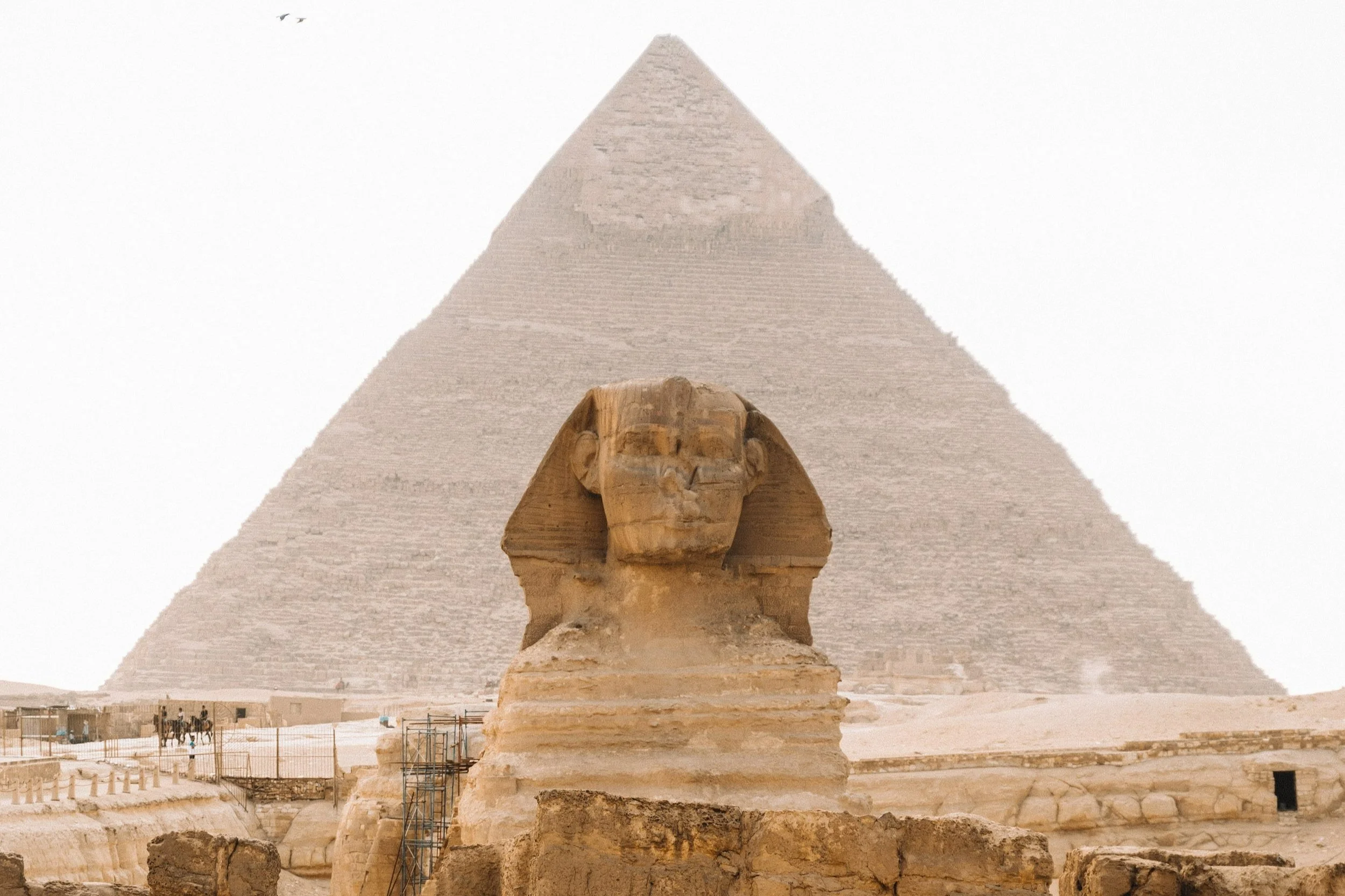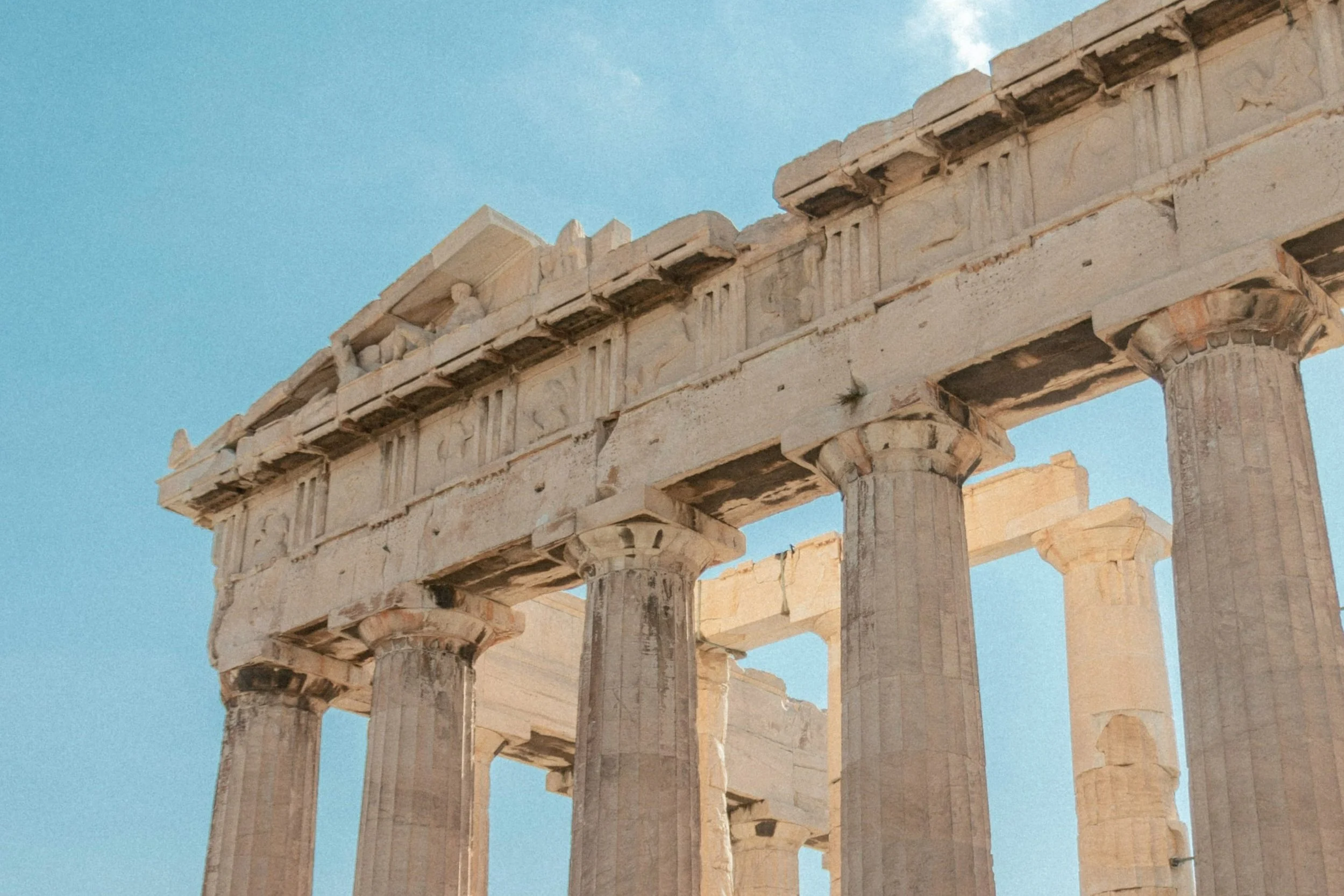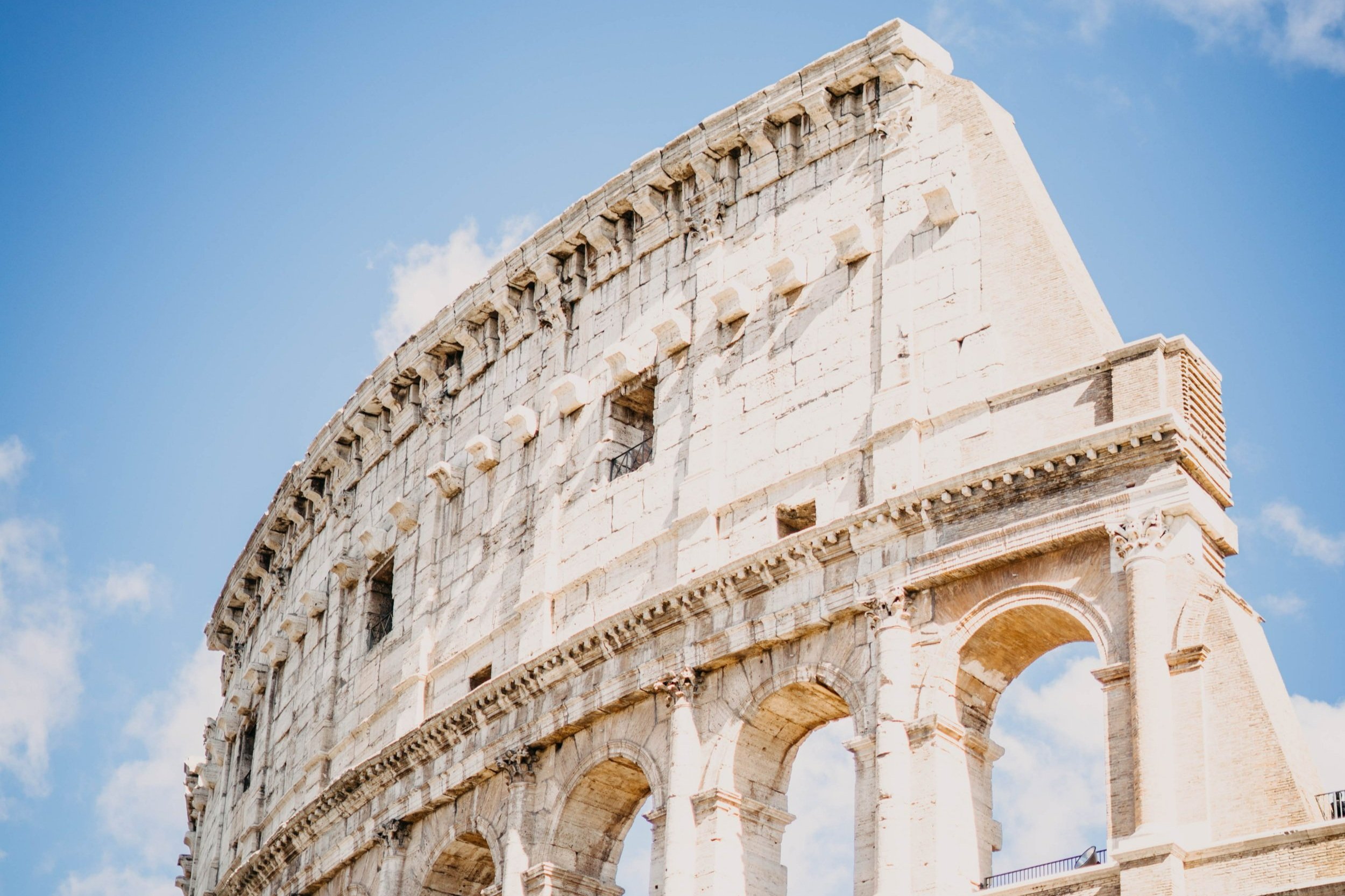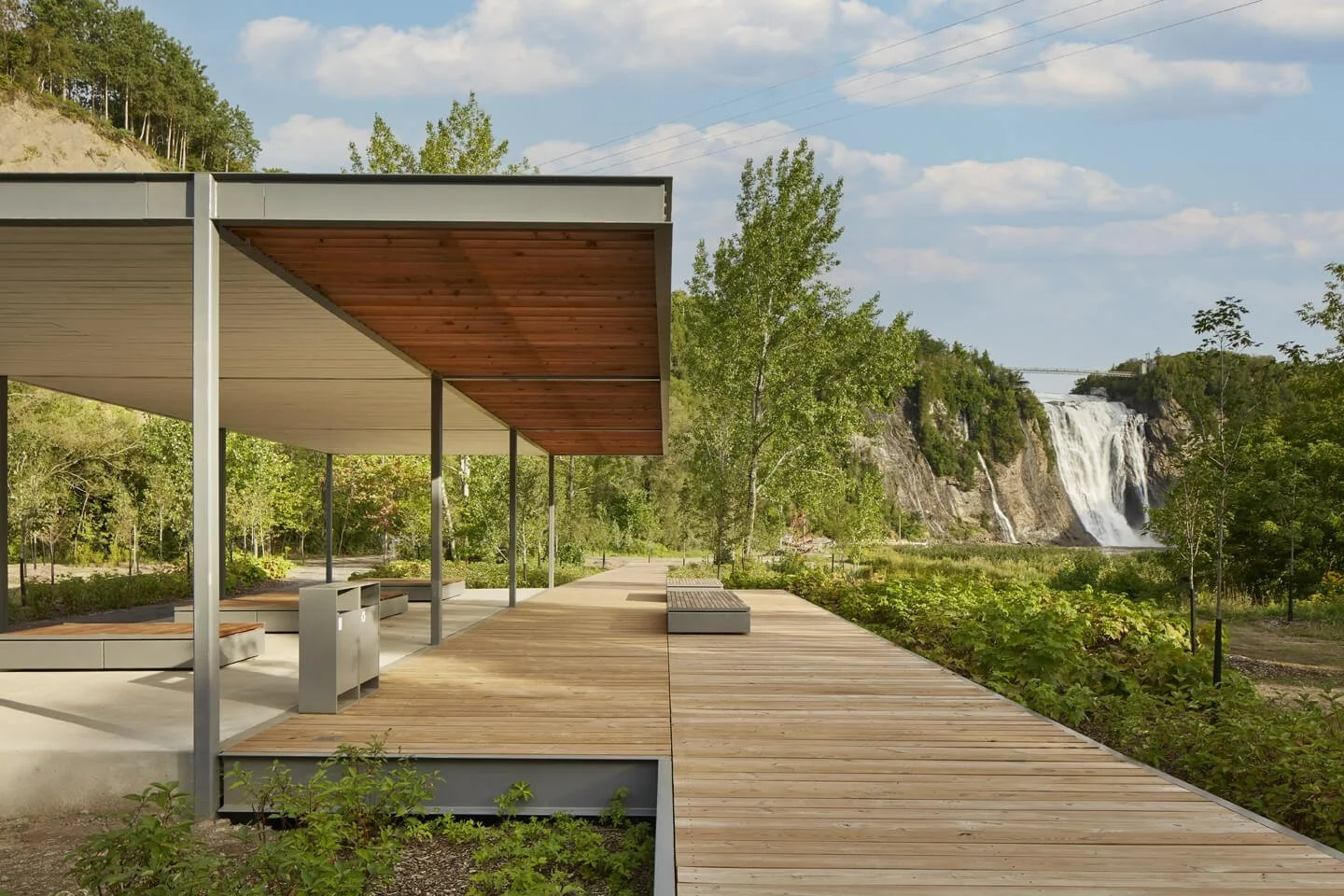5 Strongest Historical Influences on Architecture
History is regularly taught in chronological order. This kind of instruction has frequently omitted big historical tales in favour of concentrating on the Western world. It is also recognized that understanding how one phenomenon leads to the next might aid in creating a comprehensive picture of what humanity has generated over time. It's fascinating to study the primary trends and sanctified styles that arose over time as reactions, that is, continuities or ruptures, to what had previously been created in architecture. Architecture has had to perform similar basic needs but in profoundly diverse ways from the birth of humans, and delving into our history might help us develop and construct our future. Self Storage Facility Units London shared or presented the 5 Most Influential Historical Architecture Influences on Architecture listed below.
image © unsplash
Ancient Egypt
Ancient Egypt's powerful emperors constructed gigantic pyramids, temples, and shrines. Far from being rudimentary, massive structures like the Pyramids of Giza were architectural wonders capable of reaching amazing heights. Scholars have defined the historical periods of Ancient Egypt. There wasn't much timber on the arid Egyptian landscape. Ancient Egyptians used sun-baked mud bricks to construct their houses. The Nile River's inundation and the ravages of time destroyed the bulk of these old houses. Large temples and tombs made of granite and limestone and adorned with hieroglyphics, sculptures, and vibrantly coloured paintings provide most of what we know about ancient Egypt. The stones had to be precisely cut to fit together because the Egyptians didn't have a mortar. Egypt's archaeological findings reignited interest in the country's historic temples and monuments. During the 1800s, Egyptian Revival architecture gained popularity. The discovery of King Tut's tomb in the early 1900s sparked a fascination with Egyptian treasures and the growth of Art Deco architecture.
image © unsplash
Greek Architecture
Greek architecture, possibly the most prominent form of classical Greek art, was founded on 'Classical Orders,' which were guidelines for building design based on proportions of and between specific sections. Consequently, regardless of the size or materials employed, an aesthetically pleasing consistency of look was achieved. Early Greek architecture was divided into Doric, Ionic, and Corinthian. The Doric style was widely used in mainland Greece before spreading to Greek colonies in Italy. The Ionic style was used in the city of Ionia on Turkey's west coast and other Aegean islands. The Ionic style was less restrained and more ornate than the Doric style, severe and austere. Corinthian, the third form, emerged later and reflected a more elaborate refinement of the Ionic order. The base diameter ratio to the height of the columns is the most obvious distinction between these types. The doric architecture was more popular during the Classical era (embodied by Greek masterworks such as the Parthenon and the Temple of Hephaestus in Athens), whereas the Ionic style dominated during the more flexible Hellenistic period (exemplified by Greek masterpieces such as the Parthenon and the Temple of Hephaestus in Athens) (c.323-30 BCE).
image © unsplash
Roman Architecture
The Roman state wanted to dazzle, amuse, and feed a burgeoning population in very limited urban regions. Thus architecture fulfilled that purpose. Drainage and security were both prevalent issues. This, along with Rome's rising ambition to expand its authority and grandeur across Italy and beyond, necessitated majestic, large-scale, and highly functional public structures. Roman architectural accomplishments in drainage systems, aqueducts, bridges, Highways, municipal constructions such as public baths, sports facilities, Storage Units, and even central heating systems are examples. There were also several temples and theatres constructed. Later, as their empire grew, Roman architects took advantage of the chance to build new towns from the ground up, developing urban grid plans centred on two wide streets: a north-south axis (the cardo) and an east-west axis (the axis) (the documents).
image © unsplash
Byzantine Architecture
Following Constantine's relocation of the Roman empire's capital to Byzantium (now Istanbul, Turkey) in 330 CE, Roman architecture evolved into an elegant, classically-inspired style that included domed roofs, rich mosaics, and classical shapes. Emperor Justinian (527–565) was the forerunner. The religious structures of the Byzantine period merged Eastern and Western elements. Buildings were created with a central dome that ultimately climbed to great heights thanks to Middle Eastern engineering techniques. This was a transitional and transformative period in architectural history.
image © unsplash
Romanesque Architecture
Heavy, stocky Romanesque architecture with rounded arches arose when the Roman kingdom spread their roots over Europe. The early medieval period saw the construction of massive walls and huge piers in churches and castles. Even when the Roman Empire fell apart, Roman concepts spread throughout Europe. The Basilica of St. Sernin in Toulouse, France, is a fine example of this transitional style, with a Byzantine-domed apse and a Gothic-like spire erected between 1070 and 1120. The layout is a Latin cross, Gothic in style once more, with a lofty altar and tower at the crossroads. The pilgrimage path to Santiago de Compostela passes via St. Sernin, built of stone and brick.
cover image © unsplash











